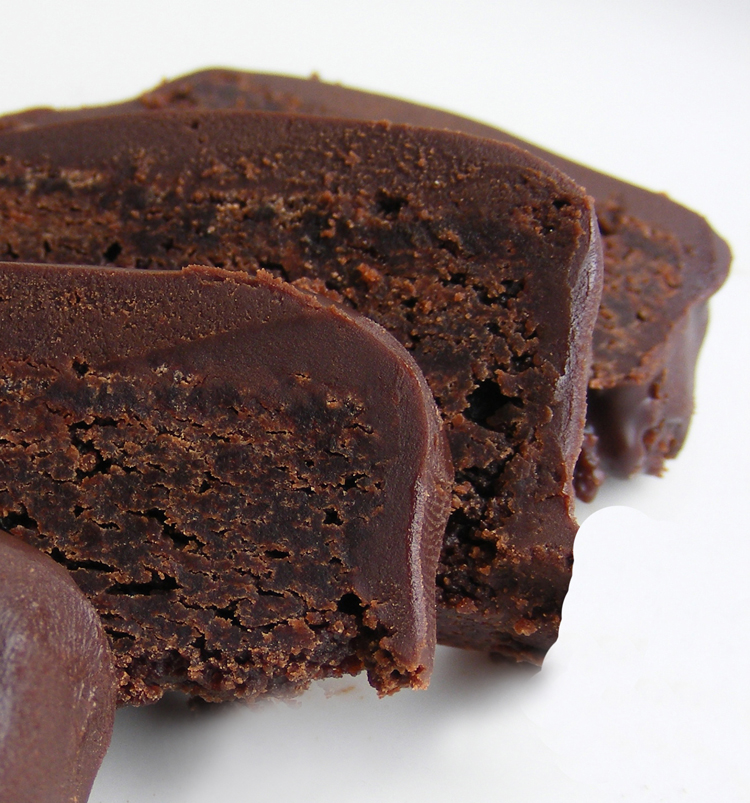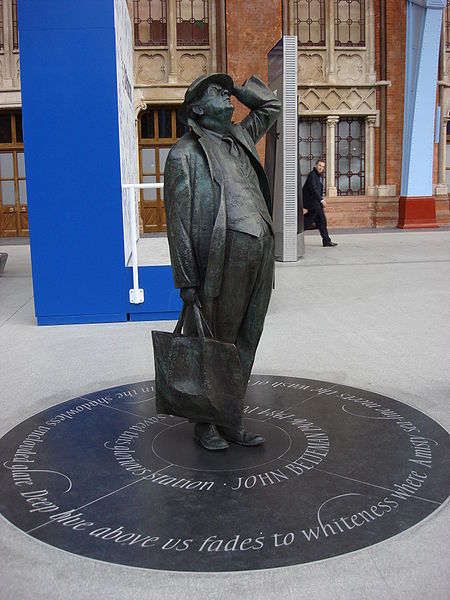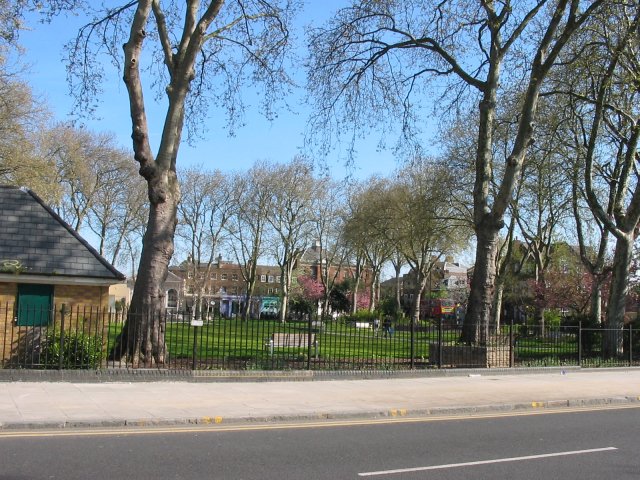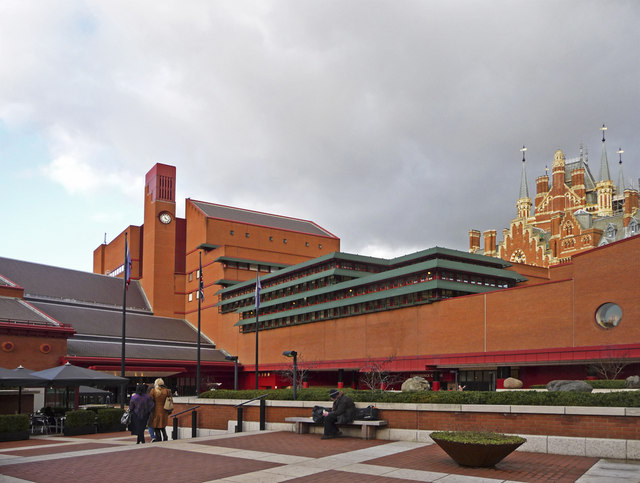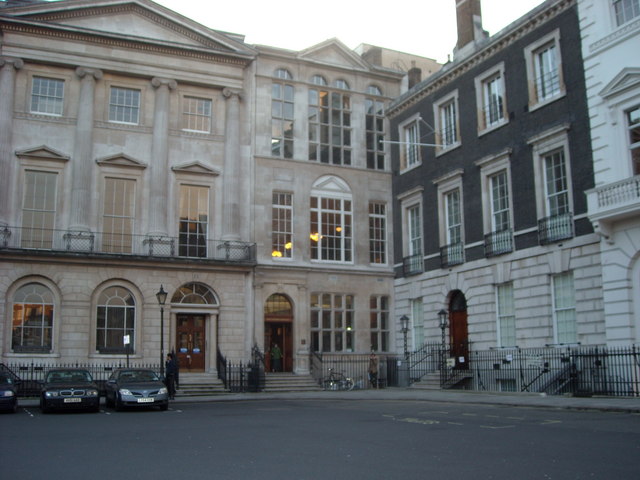 The programme page on their website is a neat summary. Josephine has just told me about another page, which (via Google Translate) appears to be a longer summary, or possibly a transcript, of the section involving this blog and our UK activities. Here's a flavour of it, with a bit of tidying up and creative editing and reverse translation, to produce something readable:
The programme page on their website is a neat summary. Josephine has just told me about another page, which (via Google Translate) appears to be a longer summary, or possibly a transcript, of the section involving this blog and our UK activities. Here's a flavour of it, with a bit of tidying up and creative editing and reverse translation, to produce something readable:
Women do not need power over men, but over themselves. Thus said Mary Wollstonecraft, one of the first feminists, who lived in the eighteenth century. In the eighth episode of Dare to Think this meaning is central....
The Canadian-British former university professor Roberta Wedge was impressed by the ideas of Mary Wollstonecraft. She even has a Twitter account that she uses as if she were Mary. ... In her hometown of London, where Wollstonecraft was born, Wedge's fascination with this woman was fueled. "I'm irreligious, but one day I decided to visit a church, where they announced that they would be celebrating the 250th birthday of Mary Wollstonecraft. This was the only organized public activity in the world surrounding this event." Wedge realized that how much Wollstonecraft has meant for the emancipation of women (and men). She was surprised that the woman still aroused such little interest....
She is also on a committee fighting for a statue of Wollstonecraft. She wrote to all the members of the British Parliament and on November 16 launches a campaign to make this dream into reality. "Mary deserves it. She was not only a champion of women's rights, but of human rights in general and the republican philosophy."
... according to Wedge there are issues that Wollstonecraft raised that are relevant in our time. "There are still women who believe that a marriage with a man means access to a new and better life, the ideal end point for the woman. Think of countries where not all the girls go to school. There is no reason for them to study, says the general opinion, as they will just disappear into motherhood. It was Wollstonecraft who was one of the first to dare to raise these issues."I don't remember saying all that, but it seems likely enough. We did have a very long conversation back in the spring, and I am sure Josephine was taking much better notes than I was. And it makes it sound as if I am launching the campaign all by myself - far from the case. There is lots more about about Mary on the Green if you are interested. Yes, there's going to be a splash on November 16, but no abseiling lesbians.
One of the people behind this project is Dorothée Forma, who made an hour-long radio documentary about Mary in 1989 (more info). I've not had any direct contact with her, but I bet she is an intriguing woman too.
[PS And the presenter is Farid Tabarki. He interviews Leon Heuts, and facilitates the discussion with the studio audience.]




